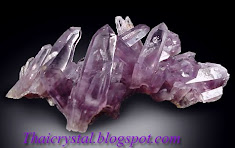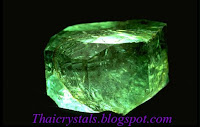Zircon (including hyacinth or yellow zircon) is a mineral belonging to the group of nesosilicates. Its chemical name is zirconium silicate and its corresponding chemical formula is ZrSiO4. A common empirical formula showing some of the range of substitution in zircon is (Zr1-y,REEy)(SiO4)1-x(OH)4x-y. Zircon forms in silicate melts with concentrated incompatible elements and accepts high field strength elements into its structure. For example, hafnium is almost always present in quantities ranging from 1 to 4%. The crystal structure of zircon is tetragonal crystal system. The natural color of zircon varies between colorless, yellow-golden, red, brown, blue, and green. Colorless specimens that show gem quality are a popular substitute for diamond; these specimens are also known as "Matura diamond".
The name either derives from the Syriac word zargono, from the Arabic word zarqun, meaning vermilion, or from the Persian zargun , meaning golden-colored. These words are corrupted into "jargoon", a term applied to light-colored zircons. The English word "Zircon" is derived from "Zirkon," which is the German adaption of these words. Yellow zircon is called "hyacinth", from the flower hyacinthus, whose name is of Ancient Greek origin; in the Middle Ages all yellow stones of East Indian origin were called hyacinth, but today this term is restricted to the yellow zircons.

Custom Search

















































